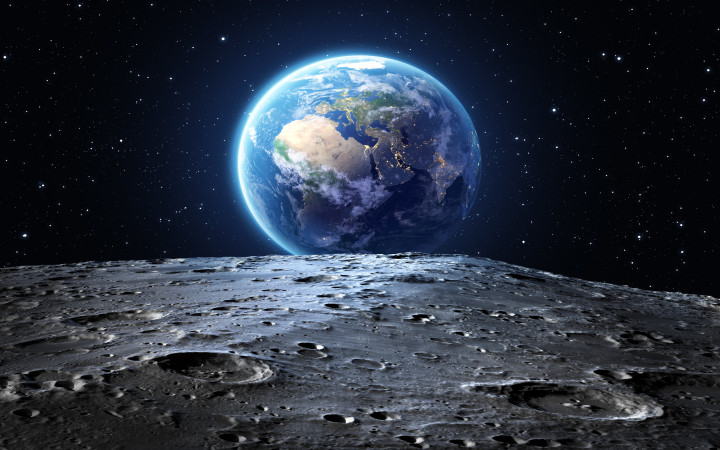Today’s Wonder of the Day was inspired by Ben from Carlisle . Ben Wonders, “How did NASA safely pass through the Van Allen belt?” Thanks for WONDERing with us, Ben!
What’s the most dangerous belt? If you’re familiar with karate, you might think of the black belt. Black belt karate students are masters at their sport. However, there’s an even more dangerous belt out there! Here’s a hint: The most dangerous belt is out of this world.
The most dangerous belts are the Van Allen belts! These two belts surround our planet. The inner belt starts around 600 miles above the Earth, and the outer belt extends to 36,000 miles away. At that distance, you might think the Van Allen belts aren’t much of a threat to people. However, they’re one of the biggest dangers faced by space travel.
A scientist named James Van Allen found the two belts in 1958 during the Explorer I mission. People describe the Van Allen belts as “doughnuts.” Are you picturing sweet pastries filled with jelly? Think again! These doughnut-shaped belts are filled with radiation.
You may have heard of radiation. It can cause a lot of problems, like cancer. It’s also shown up in popular culture, like the movies King Kong and The Fantastic Four. But don’t expect to gain superpowers from the Van Allen belts. Contact with this radiation could be deadly to human beings.
Wait. If these doughnuts of radiation surround our planet, then how did we get to the Moon? Apollo 11 passed right through the Van Allen belts. Many experts worked together before the mission to find a way to protect the mission from the belts. They proposed many ways to keep the astronauts safe. However, none of their solutions ever passed testing.
In the end, NASA experts decided the rocket’s speed and exterior shields would likely be enough to protect the astronauts from radiation. They were right. Apollo 11 passed through the Van Allen belts on its way to the Moon and back to Earth. Back home, the astronauts showed no signs of radiation sickness.
The Van Allen belts also sometimes threaten the International Space Station (ISS). The ISS is between the inner belt and Earth, so it’s normally safe from the belts’ radiation However, solar blasts sometimes cause the belts to grow. In these cases, ISS astronauts have to be extra careful.
Scientists have continued to learn about the belts over the years. Today, they know the belts aren’t just a threat to space travel. They also protect Earth. Radioactive particles from the Sun and cosmic rays are caught by the belts. This keeps radiation away from the planet, protecting us from harm.
Would you like to cross the Van Allen belts? Do you have an idea to protect future astronauts from radiation? Scientists are still studying the Van Allen belts to make space travel safer. One day, maybe even with your help, we may be able to cross the belts with no fear.
Standards: NGSS.PS2.B, NGSS.PS3.D, CCRA.L.3, CCRA.L.6, CCRA.R.1, CCRA.R.2, CCRA.R.10, CCRA.W.2, CCRA.W.9, CCRA.SL.1, CCRA.SL.2




